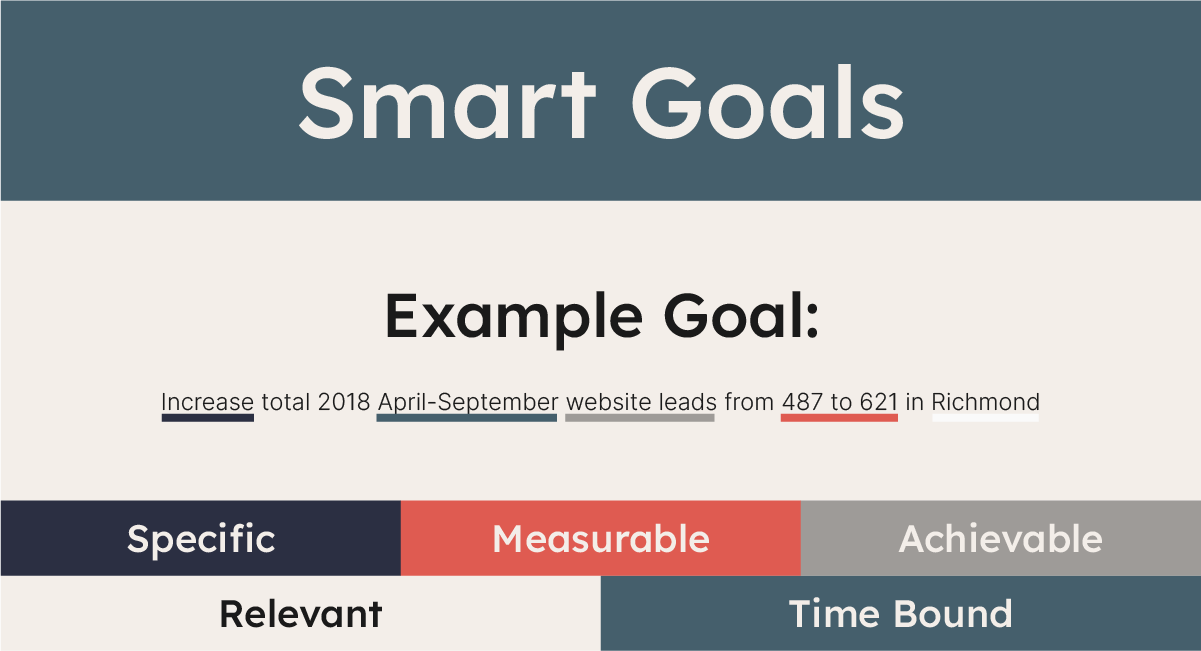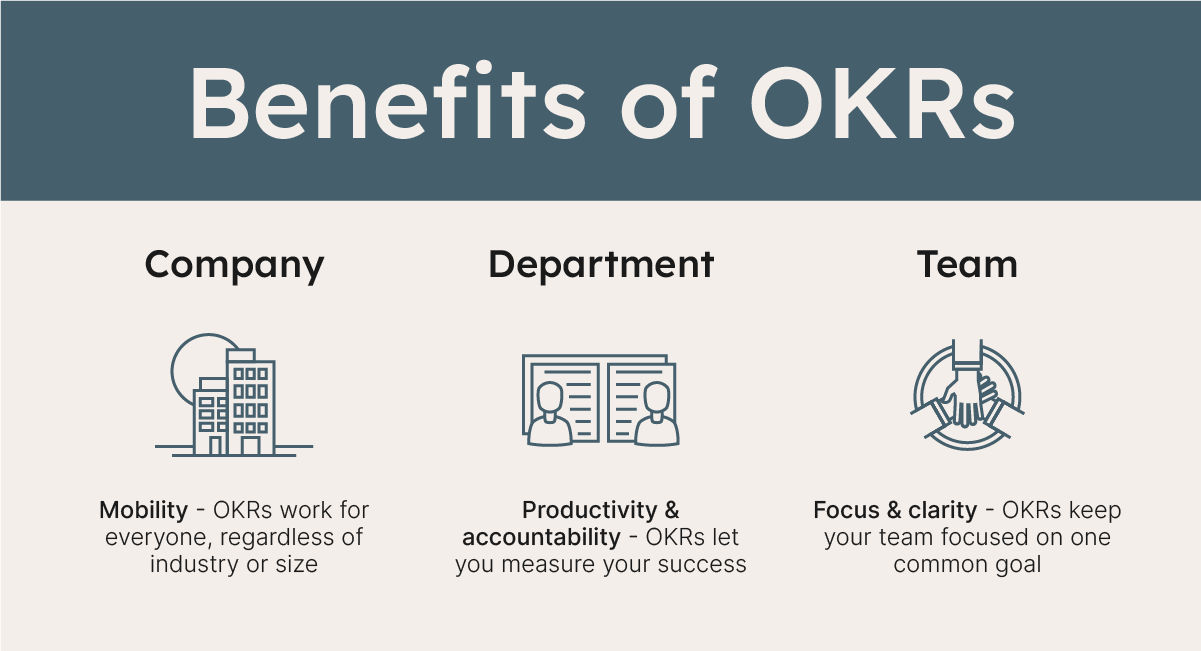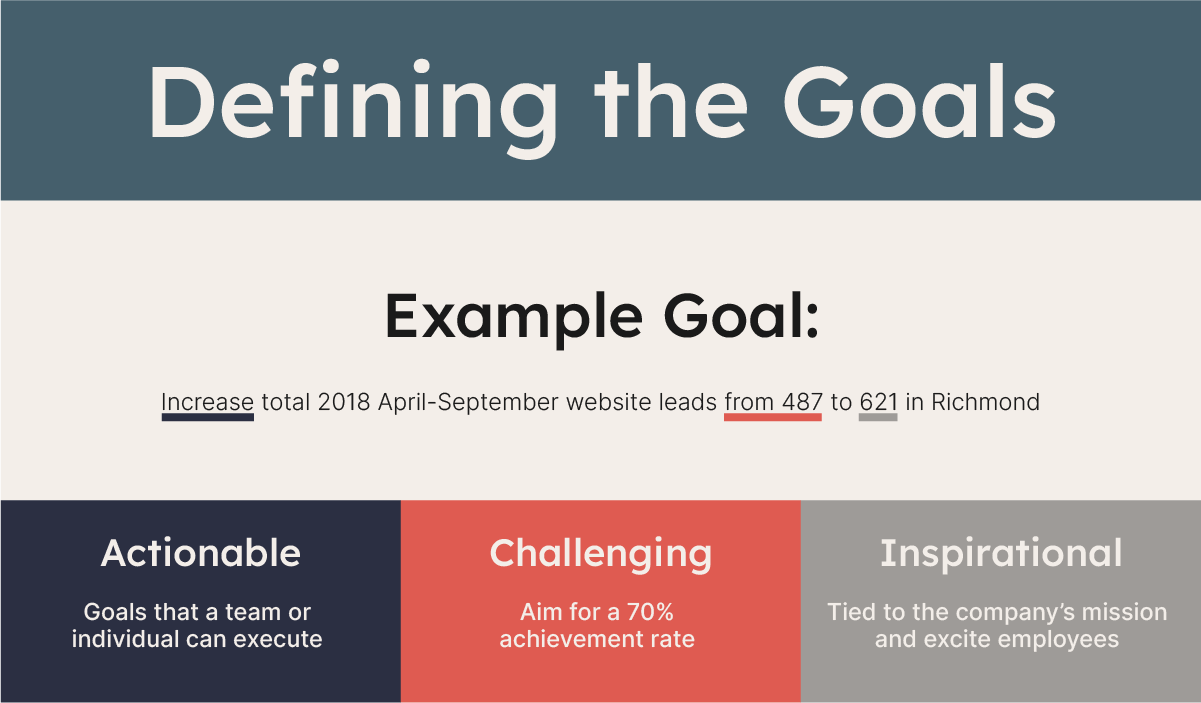If You Don’t Define Success, You Are Setting Yourself Up for Failure
Picture this: you’ve just walked in to 434 Marketing for your first meeting with the team. We sit around the table, chat about the weather and eat a few donuts. But then, we pop the question, “What does success look like in your relationship with us?” You think hard. You aren’t sure, actually. What does success look like for you and your company? How do your marketing efforts play into this? When was the last time you even thought about it?
If this hypothetical scenario makes you nervous, then good, because it makes us nervous too. But, the good news is, you are not alone. We see it all the time.
Defining Success
Success (noun)- the accomplishment of an aim or purpose.
When businesses are being created, they have a purpose. Perhaps the business purpose is to sell quality products or serve an underserved population. While these are great purposes, but they cannot really be measured. In the marketing world, we like goals and purposes that can tell us exactly how well we’re doing at our jobs, so we know how to adjust your marketing for you. Sell 5,000 units. Reach 10,000 people with a video. Get 75 new memberships. So, how do you get from a vague mission statement to a measurable goal? You get SMART.
SMART Goals

SMART goals can apply to any aspect of a business, but from here on out, we are going to be talking specifically about marketing goals. To begin, we need to follow the SMART strategy, which is defining goals that are:
- Specific
- Measurable
- Actionable
- Relevant
- Timely
Specific
Specific goals are simplistic and clearly define the result or desired outcome to solve a problem, take advantage of an opportunity, or meet a challenge. These goals should demonstrate what you will do. For example:
- Build
- Create
- Develop
- Implement
- Produce
- Support
- Update
- Write
Measurable
Measurable goals demonstrate tangible progress toward your desired outcome. There are usually several short-term or benchmark measurements built into a long-term goal. Have a clear definition of how the goal will be measured. Through surveys? Revenue generated? Website analytics? Make it clear.
Actionable
Actionable goals are challenging, yet feasible and well defined. Your team must possess the appropriate knowledge, skills, and abilities. These goals should stretch your abilities, but not require anything as extreme as hiring new staff or changing your production methods to succeed.
Relevant
Relevant goals measure outcomes within the scope of your business’s mission and values. While you are looking to stretch your team and achieve growth, you always want to stay true to the heartbeat behind the company. Do not create a goal that will sacrifice your culture.
Timely
Timely goals have an end date. This end date is a hard deadline that marks whether the goal was or wasn’t completed on time. If the goal was not completed in the assigned time, use it as an opportunity to adjust your goals for the future.
OKRs

SMART goals are great. But, once you have those defined for our team, we can take them one step further and convert them into OKRs. OKRs, or Objective Key Results, are a popular leadership process for setting, communicating and monitoring quarterly goals and results in organizations. The goal of OKRs are to connect company, team and personal objectives in a hierarchical way to measure results, ensuring all employees work together in one unified direction.
OKRs are not something that we came up with. They are used to define success in large corporations across the globe, from Google to Twitter to LinkedIn and more. The aspect that we love about setting OKRs is that, not only are the goals clearly defined, but each team member knows exactly what is expected of them to achieve the goal.
What does this look like? Let’s break down the parts we use to create these OKRs, and build some for Awesome Company.

Alignment
Awesome Company has expressed to us that they want to acquire more customers in several key geographical areas, but are unsure how to do so. That’s where we come in. The important part here is that Awesome Company has defined the alignment of this OKR, and given us a place to start.
Awesome Company’s OKR Alignment: New customer acquisition in the key locations of Richmond, Roanoke and Lynchburg, VA.
Objective
This is where the company’s SMART goals come into play. Start by defining 3-5 key objectives on various levels, whether they be company, team or personal goals. Objectives should be ambitious, qualitative, time bound and actionable by the person or team. For Awesome Company, they have identified that they wish to increase leads specifically through their website.
Awesome Company’s OKR Objective: Increase website driven leads.
Key Result
Under each objective, define 3 or 4 measurable results. Key results should be quantifiable, achievable, lead to objective grading and be difficult, but not impossible. In fact, if you can’t easily hit 100% of your Key Result, your goal wasn’t ambitious enough. OKR results can be based on growth, performance, revenue or engagement. If your key result is to increase leads, be sure to use historical data to support your ambitions.
Awesome Company’s Key Results:
- Increase total 2018 April-September website leads from 487 to 621 in Richmond
- Increase total 2018 April-September website leads from 369 to 500 in Roanoke
- Increase total 2018 April-September website leads from 195 to 300 in Lynchburg
Playbook Concepts
Finally, the marketing part. This is our favorite part of the process, because we are able to take a look at the goals that have been established, and create a strategy around the success of the OKR. These concepts will vary depending on the key result, the client, budget and more factors, but an example is below.
Awesome Company’s Playbook Concepts:
- Paid retargeting campaign
- A/B testing form placement
- User testing on landing pages
Once all of the components of these OKRs are laid out, and several OKRs have been established, it’s time to get to work!
OKR Tips
- Setting OKRs can be addicting, but be careful when creating them. Aim for 3-5 objectives, with 3-5 key results under each one. Too many goals can create confusion and distract from the real goal.
- Evaluate and mark progress regularly. Whether this is weekly, bi-weekly or monthly, make sure the tracking intervals are defined from the beginning.
Why it Matters
Why does a definition of success matter to your marketers? Because, not only do we want you to succeed, we want to hold ourselves accountable for the strategies we develop. We want to be able to tell if what we are doing is working, and quickly.
Once an OKR is set up, it requires very little maintenance—just regular reporting. But, this simple tool gives you a powerful advantage. That advantage is that you can now say no to distractions. For example, Awesome Company wants web leads, and an employee has an idea to purchase ads on neighborhood bus stops. Does it fit within the defined OKRs? Nope. Defined and documented OKRs make it easier for the marketing director to say no, and keep projects (and budgets) on track.
Let Us Help
If all of this still seems overwhelming and confusing, don’t worry. That’s what we’re here for. We specialize in using research and data to define goals and objectives. Just drop us a line and we’ll work through your goals with you.

